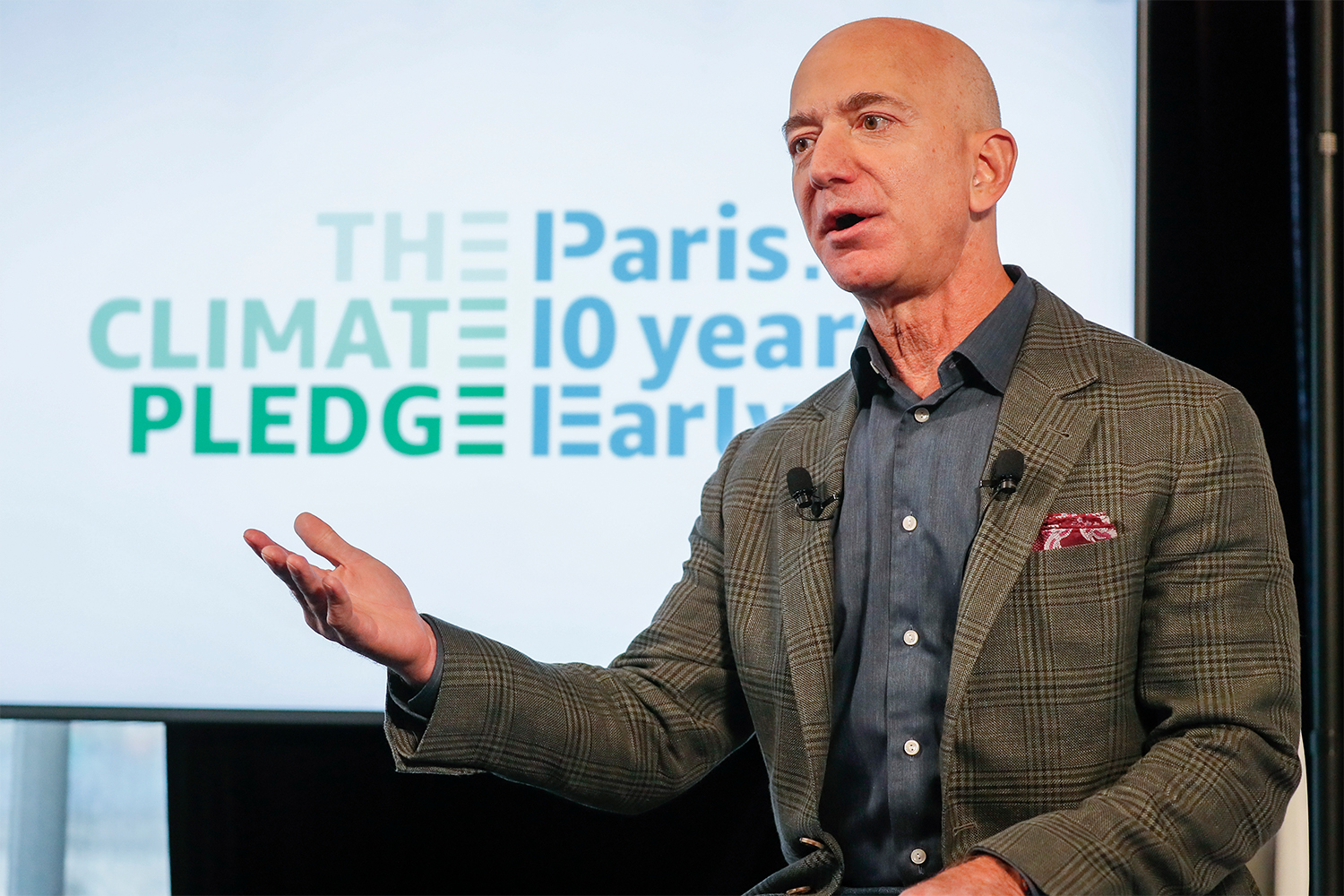When you think of those fighting for a habitable future and organizing against the climate crisis, who comes to mind? Maybe it’s institutions like the Sierra Club, youth-led organizations like Zero Hour or Native American tribes working to stop oil pipelines like DAPL. Behind the scenes, however, there are some bigger financial players hard at work. Much bigger.
As Bloomberg details, CREO Syndicate is a “small, secretive nonprofit” that has been helping some of the wealthiest families on the planet invest their fortunes in companies that are trying to turn the tide on climate change. But as CEO Régine Clément makes clear, despite the 501c3 designation, her group isn’t soliciting donations: “This is not philanthropy, this is investment.”
How wealthy are we talking? According to Bloomberg, CREO — which stands for Clean, Renewable and Environmental Opportunities — works with “about 200 families and investment outfits with a total of more than $800 billion under management,” and members must have at least $100 million in assets to join. Once approved, CREO basically acts as a middleman or dealmaker, pairing ridiculously rich investors with companies and technologies leading the way on cutting and eliminating emissions.
“Members have invested in everything from batteries and hydrogen fuel to regenerative farmland and greener product packaging,” writes Bloomberg. “Portfolios include still unproven technologies such as methods for carbon capture and true long shots like fusion reactors.” But because this exclusive clientele has the money, and the time to let technologies develop, they’re able to invest where less established groups could not. As an example, the publication notes CREO members were early investors in Tesla and Beyond Meat, “two of 2020’s best-performing stocks.”
Want in on the action? Unfortunately the nonprofit only works with the one percent of the one percent, but as Christian Zabbal, CREO board co-chair and managing director of Spring Lane Capital, notes, “What CREO is doing today is essentially a preview of what institutional capital will do very shortly.”
Now that’s a trickle-down effect we can get behind.
Thanks for reading InsideHook. Sign up for our daily newsletter and be in the know.


















